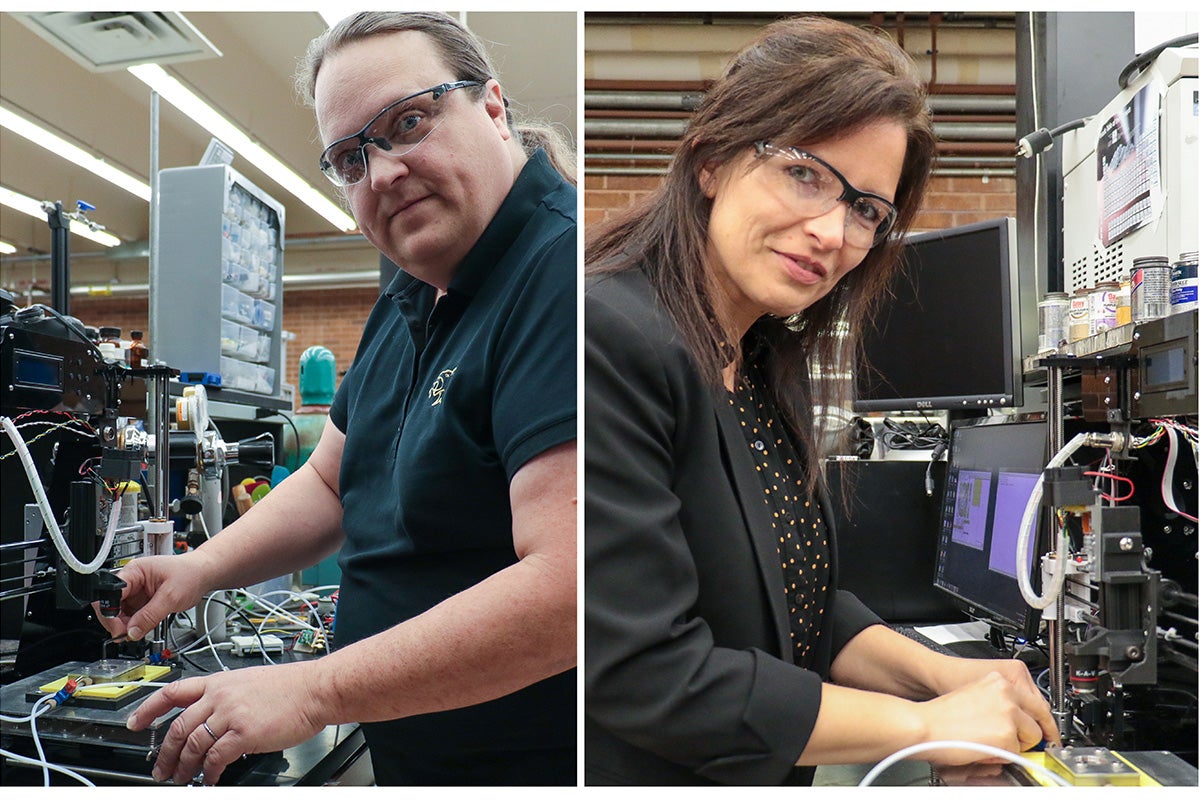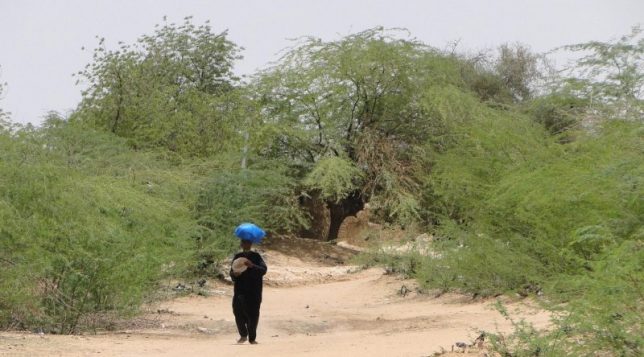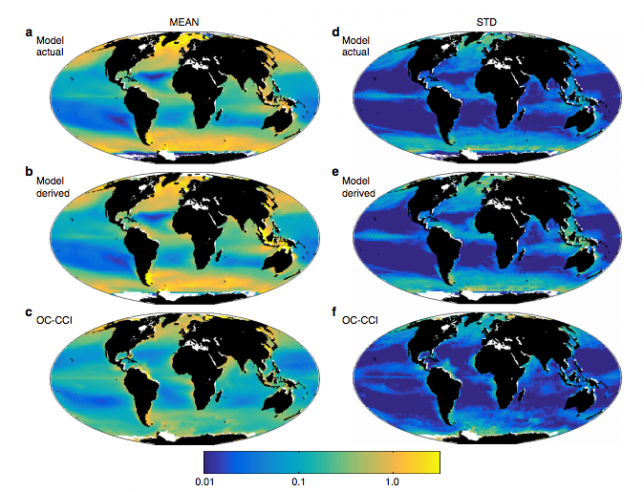
In a significant step toward sustainable energy, researchers from the University of Central Florida (UCF) have innovated methods to convert the potent greenhouse gas, methane, into green energy and advanced materials.
Methane, with an impact 28 times greater than carbon dioxide over a century, is a notable contributor to global warming. Its emissions predominantly arise from energy sectors, agriculture, and landfills. Now, UCF’s groundbreaking methods might turn this environmental challenge into an opportunity, as they utilize methane for producing green energy and crafting high-performance materials for smart devices, solar cells, and biotech applications.
Behind these inventions are UFC researchers, nanotechnologist Laurene Tetard and catalysis specialist Richard Blair. Tetard is an associate professor and associate chair of UCF’s Department of Physics. He is also a researcher with the NanoScience Technology Center. Blair is a research professor at UCF’s Florida Space Institute. The two have been collaborating on research projects for the past decade.
Their pioneering technique produces hydrogen from methane without carbon gas emission. Utilizing visible light sources, like lasers or solar energy, and defect-engineered boron-rich photocatalysts, the process emphasizes the advanced potential of nanoscale materials.
Blair highlights the dual benefits: You get green hydrogen, and you remove — not really sequester — methane. You’re processing methane into just hydrogen and pure carbon that can be used for things like batteries.” Traditional methods, Blair notes, produce CO2 along with hydrogen. Their innovation not only tackles methane emissions but also transforms it into valuable hydrogen and carbon. Market applications include possible large-scale hydrogen production in solar farms and methane capture and conversion.
“Our process takes a greenhouse gas, methane and converts it into something that’s not a greenhouse gas and two things that are valuable products, hydrogen and carbon. And we’ve removed methane from the cycle.”
—Richard Blair, research professor at UCF’s Florida Space Institute
Additionally, this technology from Tetard and Blair offers the ability to manufacture carbon structures at nano and micro scales using light and a defect-engineered photocatalyst. Envisioning it as a “carbon 3D printer,” Blair notes the dream is to make high-performance carbon materials from methane.
“It took a while to get some really exciting results,” Tetard says. “In the beginning, a lot of the characterization that we tried to do was not working the way we wanted. We sat down to discuss puzzling observations so many times.”
Countries lacking significant power sources could potentially benefit, requiring only methane and sunlight to leverage the innovation. As Blair summarizes, the process takes a greenhouse menace and turns it into precious, non-polluting commodities.


